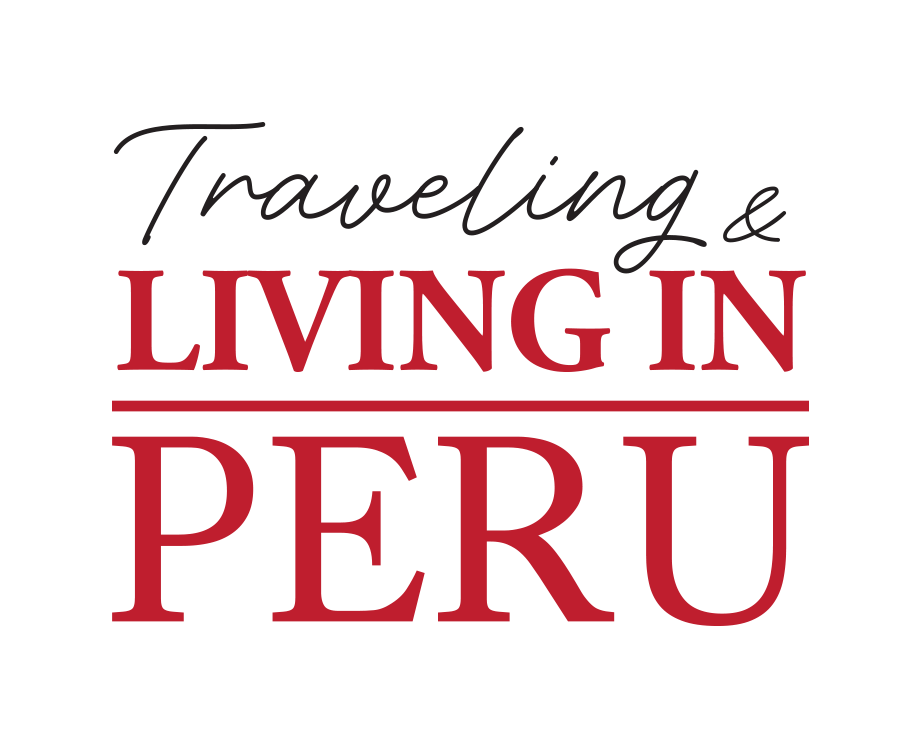The northern city of Trujillo in the department of La Libertad is full of pre-Incan ruins, colonial buildings, and local traditions.
John and I headed out last weekend to Trujillo; time to visit some pre-Incan archaeological sites, Chan Chan, Sun and Moon Temples (Moche Huacas del Sol y de la Luna) along with El Brujo (Lady of Cao).
At this time of the year, it is pretty quiet in Trujillo because most of the Peruvian families are on summer holidays. I was told the busy time is in July and August when Europe is on summer holidays. Trujillo is the third largest city in Peru; also known for the Paso Horses (the horses that do a special type of walking only seen in this city) and the Northern coast dance La Marinera (this is a flirty dance with twirling handkerchiefs).
The Moche Civilization – La Huaca del Sol Y La Luna
The temples of the Sun and the Moon are more than 700 years older than the Chan Chan ruins (built 100 to 800 years before Christ). Some tidbits about the area: Temple of the Sun was built with an estimated 140 million adobe bricks, many of them marked (signed) by the workers. Or in other words, locals bought a brick with their name on it to contribute to the building of the temple. This temple is still being researched and as such nobody is allowed into it. Erosion has made the temple not quite so grand (has lost some of its height) and because it’s desert-like conditions, lots of sand drift.
The temple of the Moon is considered the administrative temple and has been heavily excavated. Each generation expanded on the Huaca, essentially covering up the old level (burial) and making a new level. This is why there are so many adobe bricks – it’s not just rumble poured into the temple, but rather bricks laid, and sand poured into the cracks, resulting in the creation of a new level. A big reason why some of the artwork was so well preserved was that it was covered up by adobe bricks. Some lovely painted friezes were uncovered, for which the Moche people are well known for.
A Few Random Tidbits About the Ruins…
There are a few native Peruvian hairless dogs around the digs (biringos). I certainly don’t mean to be mean – but these dogs are pretty ugly. Anyways the dogs (I was told) are used as body warmers for people with arthritis as these dogs have higher body temperature than normal dogs! The Moche people were a slightly bloodthirsty lot. Lots of fighting (one on one it was pointed out, several times), the prisoner would be taken back to the temple and offered up has a human sacrifice. We were shown how the “winners” would cut the neck of the “loser” and drain their blood (blood was then drunk by an important person). Additional ways to sacrifice was hitting over the head or being pushed over the edge of the ramp. Proof of this is shown by the marks on the bones of the deceased. And this was all done in front of the masses. More proof still was the evidence of skeletons at the bottom of the ramps. Maybe just the tiniest bit gruesome!
The Chan Chan Civilization and Ruins
Chan Chan, built around AD 1300 and covering roughly 8 square miles (with the road running through the area), is considered the largest pre-Columbian city in the Americas and the largest adobe city in the world. Which would make this ruin very grand, too bad El Nino floods and heavy rainfalls has eroded lots of it away.
Side note- there are several different “tribes” of people along the Northern Coast, including the Moche, the Chimu (who built Chan Chan) and the Incas. Different people and civilizations in different areas of Peru, but essentially all ending with the Incan invasion that lasted until 1532 when then the Spaniards executed the last of the Incan Emperors Atahualpa in 1533).
The Chan Chan civilization was able to resist the Incas for some time, due to how the walls were constructed (narrow opening, so essentially only 1 person at a time could walk in), fresh water from the canals (which the Incas later figured out how to block), and lots of food storage.
The Ruins of El Brujo
The last Huaca (ruins) we went to was El Brujo (part of the Moche timeline) and it’s known for the Senora de Cao (the Lady of Cao), mostly because she was fully intact when she was excavated and covered in gold! The Spaniards didn’t find this Huaca, hence there was still gold to be found in the complex. This complex we went to on our own and had a local guide from the area show us around (all in Espanol no less. John understood pretty well, I got the big picture and luckily all the signs were both in English and Spanish!)
Another side note; a very fabulous museum is attached with the Huaca where the Lady of Cao resides, along with all the artifacts found in the Huaca.
A big change in policy; typically all found artifacts are sent back to Lima, but here, you are able to see some original artifacts in situ which encourage visitors to the actual area where found. Of course, this can lead to problems of display/security/conservation. The Lady of Cao was the last artifact to see – you could see she had tattoos on her arms, very tiny in height, and young (estimated between 20 – 25 years old). Interesting; she was so very young and held such a high standing at the Huaca.
Huanchaco Beach Town
In addition to seeing the pre-Colombian and pre- Incan archaeological sites we had lunch in Huanchaco; known for its beaches (gray-sand beaches and still cold water for me!), surfing and the long narrow reed boats used by fisherman in the early morning (and then used by gringos in the afternoon for paddling along the shoreline!) Fun place to have a little walk around and to check out the sights.
The City Center (Plaza De Armas)
We also got into Trujillo proper (Plaza de Armes), for a lovely dinner (El Celler de Cler – a gorgeous place, wood balconies to eat dinner and a great meal.) An interesting wine list and surprisingly expensive; 850 – 1200 soles for a bottle of wine (that’s almost $300 to $400 for a bottle of wine) – not that I disagree with the price, but there was quite a few in this price range of wines on the list. And not to say we were at the ends of the earth, but Trujillo isn’t exactly on the beaten path. Who is buying these wines?! Oh the bit of a shocker, I was waving my hands around and I caught my wine glass (thank goodness empty!!) It broke (of course) but the surprise – we were charged 20 soles for the wine glass!!!! Luckily dinner was fabulous and I could (almost) overlook the glass charge.
Final Thoughts
All in all a very lovely weekend up north. Next up on my list…sea kayaking in Barranco which will mark the last trip of the summer season. And I’m looking to go north again, this time to Chachapoyas, in high altitude cloud forests – Gocta Falls and Kuelap Fortress.
Hasta pronto,
Lynn
Cover photo: Andina

























